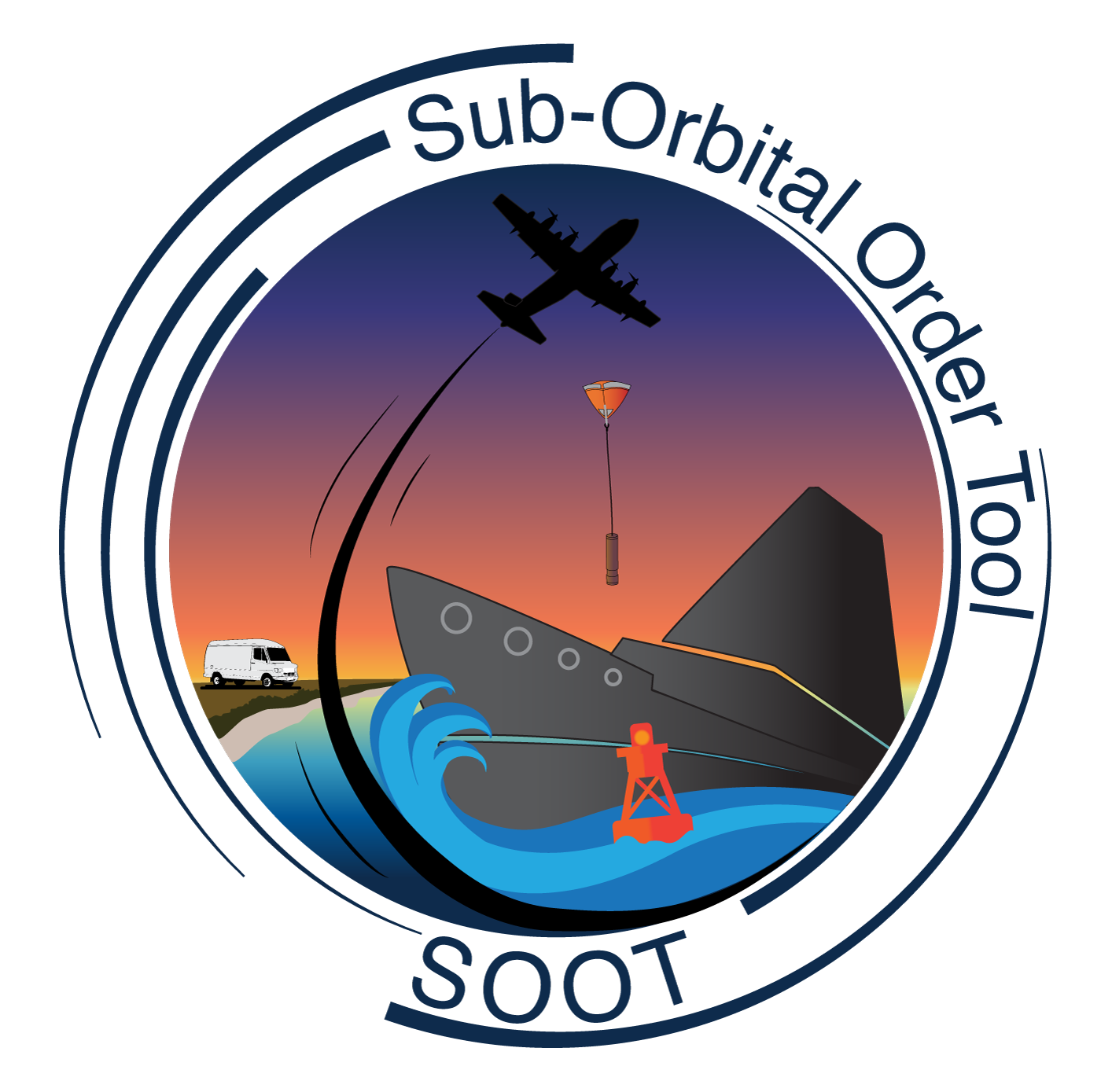Convective Processes Experiment - Cabo Verde

Disciplines: Field Campaigns
| Collection | Disciplines | Spatial | Temporal |
|---|---|---|---|
|
CPEXCV_Merge_Data_1
CPEX-CV Merge Data Files |
Clouds |
Spatial Coverage: (S: 1.84, N: 39.35), (W: -118.16, E: -14.93) |
Temporal Coverage: 2022-09-06 - 2022-10-02 |
| Collection | Disciplines | Spatial | Temporal |
|---|---|---|---|
|
CPEXCV_Cloud_AircraftInSitu_DC8_Data_1
CPEX-CV DC-8 Aircraft In-situ Cloud Data |
Clouds |
Spatial Coverage: (S: 1.84, N: 39.35), (W: -118.16, E: -14.93) |
Temporal Coverage: 2022-09-06 - 2022-09-30 |
|
CPEXCV-DAWN_DC8_1
CPEX-CV DAWN Doppler Aerosol WiNd Lidar |
Field Campaigns |
Spatial Coverage: (S: 1.8, N: 39.4), (W: -118.2, E: -14.93) |
Temporal Coverage: 2022-09-06 - 2022-09-30 |
|
CPEXCV-Dropsondes_1
CPEX-CV Dropsonde Data |
Field Campaigns |
Spatial Coverage: (S: 1.8, N: 39.4), (W: -125, E: -14.93) |
Temporal Coverage: 2022-06-16 - 2022-10-03 |
|
CPEXCV-HALO_DC8_1
CPEX-CV HALO Aerosol and Water Vapor Profiles and Images |
Aerosols, Clouds |
Spatial Coverage: (S: 1.8, N: 39.4), (W: -118.2, E: -14.93) |
Temporal Coverage: 2022-09-03 - 2022-09-30 |
CPEX-CV Mission Publications
Edward P. Nowottnick; Angela K. Rowe; Amin R. Nehrir; Jonathan A. Zawislak; Aaron J. Piña; Will McCarty; Rory A. Barton-Grimley; Kristopher M. Bedka; J. Ryan Bennett; Alan Brammer; Megan E. Buzanowicz; Gao Chen; Shu-Hua Chen; Shuyi S. Chen; Peter R. Colarco; John W. Cooney; Ewan Crosbie; James Doyle; Thorsten Fehr; Richard A. Ferrare; Steven D. Harrah; Svetla M. Hristova-Veleva; Bjorn H. Lambrigtsen; Quinton A. Lawton; Allan Lee; Eleni Marinou; Elinor R. Martin; Griša Močnik; Edoardo Mazza; Raquel Rodriguez Monje; Kelly M. Núñez Ocasio; Zhaoxia Pu; Manikandan Rajagopal; Jeffrey S. Reid; Claire E. Robinson; Rosimar Rios-Berrios; Benjamin D. Rodenkirch; Naoko Sakaeda; Vidal Salazar; Michael A. Shook; Leigh Sinclair; Gail M. Skofronick-Jackson; K. Lee Thornhill; Ryan D. Torn; David P. Van Gilst; Peter G. Veals; Holger Vömel; Sun Wong; Shun-Nan Wu; Luke D. Ziemba; Edward. J. Zipser (2024). Dust, Convection, Winds and Waves: The 2022 NASA CPEX-CV Campaign.
